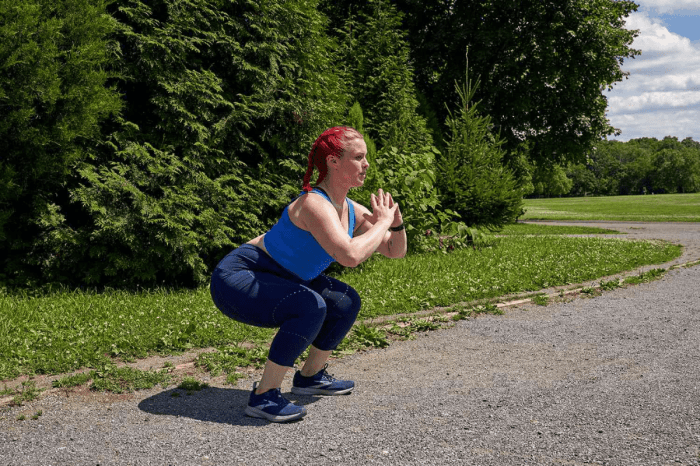Introduction
Best weight loss books to read – Weight loss books have become increasingly popular in recent years, as people are becoming more aware of the importance of maintaining a healthy weight. These books offer a variety of advice and strategies for losing weight, and can be a helpful tool for those who are struggling to reach their weight loss goals.The health and wellness industry has seen a significant rise in the popularity of weight loss books.
This is due in part to the growing awareness of the importance of maintaining a healthy weight, as well as the increasing prevalence of obesity and weight-related health problems. Weight loss books can provide individuals with the knowledge and tools they need to make lasting changes to their diet and lifestyle, and can help them to achieve their weight loss goals.
Types of Weight Loss Books
There are many different types of weight loss books available, each with its own unique approach to weight loss. Some of the most popular types of weight loss books include:
- Diet books: These books focus on providing a specific diet plan that is designed to help readers lose weight. Diet books may include meal plans, recipes, and tips for following the diet.
- Exercise books: These books focus on providing exercise plans that are designed to help readers burn calories and lose weight. Exercise books may include workouts, fitness tips, and advice on how to stay motivated.
- Mindset books: These books focus on helping readers change their mindset about food and weight loss. Mindset books may include tips for overcoming emotional eating, developing a positive body image, and staying motivated.
Types of Weight Loss Books
Weight loss books offer a wide range of approaches to help readers shed excess weight. Understanding the different types of weight loss books available can assist you in selecting the one that best suits your individual needs and preferences.
Calorie-Counting and Portion Control
These books focus on teaching readers how to track their calorie intake and control portion sizes. They often provide detailed calorie counts for common foods and meal plans that help readers stay within their daily calorie goals. Some popular examples include:
- The Calorie King Calorie, Fat & Carbohydrate Counter
- Lose It! Cookbook: Hundreds of Calorie-Counted Recipes
- MyFitnessPal: Calorie Counter & Diet Tracker
Key Features to Consider

When selecting a weight loss book, it is crucial to consider certain key features to ensure the book aligns with your needs and provides credible and effective guidance.
The following key features should be taken into account:
Scientific Evidence and Research Support
The book should be grounded in scientific evidence and research. Look for books that cite reputable studies and provide references to support their claims. This ensures that the recommendations are backed by credible research and not just anecdotal evidence.
Credibility of the Author and Their Expertise, Best weight loss books to read
The author’s credibility is an important factor to consider. Research the author’s background and qualifications. Choose books written by experts in the field of nutrition, weight management, or related areas. This ensures that the information provided is accurate and reliable.
Clarity and Ease of Understanding
The book should be written in a clear and easy-to-understand manner. Complex jargon and technical terms should be avoided or explained thoroughly. Look for books that provide practical tips and guidance that can be easily implemented in real life.
Practicality and Applicability to Real-Life Situations
The book should offer practical and applicable advice that can be integrated into your daily routine. Avoid books that focus solely on theoretical concepts or extreme diets. Instead, choose books that provide realistic and sustainable strategies for weight loss and healthy living.
Conclusion: Best Weight Loss Books To Read

Selecting the most suitable weight loss book is crucial for effective weight management and overall well-being. The right book can provide personalized guidance, motivation, and strategies tailored to individual needs and preferences.
Exploring different weight loss books and consulting with healthcare professionals can empower individuals to make informed decisions about their weight loss journey. By finding a book that resonates with their goals, lifestyle, and learning style, readers can increase their chances of achieving lasting weight loss success and improving their overall health.

